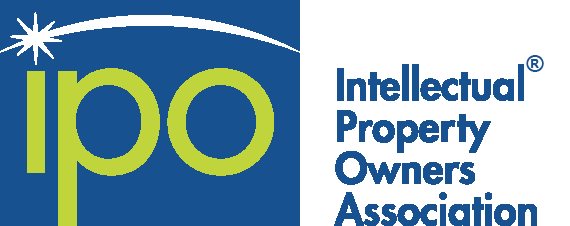Software patent law has been on a wild ride over the past month. At first, in mid-September, patent owners applauded the long-awaited Federal Circuit decision in McRO v. Bandai, only its fourth pro-patent eligibility decision (out of 20) since the U.S. Supreme Court’s landmark holding in Alice v. CLS Bank. McRO appears to offer new paths to patent eligibility for many inventions by, e.g., its analysis of how the invention in question did not preempt other ways of solving the same problem and its embrace of automated mathematical rules.
But then, in early October, a wide rift among the Federal Circuit judges on Section 101 issues was revealed in the decision that invalidated three patents of Intellectual Ventures that had been asserted against Symantec and Trend Micro. Judge Stoll dissented, saying that one of the patents offered concrete steps and was a technical improvement over prior art, relying on Bascom, a Federal Circuit opinion earlier this year. The majority opinion was written by Judge Dyk, but the eye opener was a concurrence by Judge Mayer, stating his view that patents on software should be banned.
Our panel of patent prosecutors will discuss how they think the USPTO will apply the analysis of patent eligibility presented in McRO, and how applicants can best position their arguments to take advantage of McRO and the earlier DDR, Enfish and Bascom decisions.
Speakers:
- Stephen Durant, Schwegman Lundberg & Woessner, P.A
- Amir Penn, Brinks Gilson Lione
- Robert Sachs, Fenwick & West LLP

